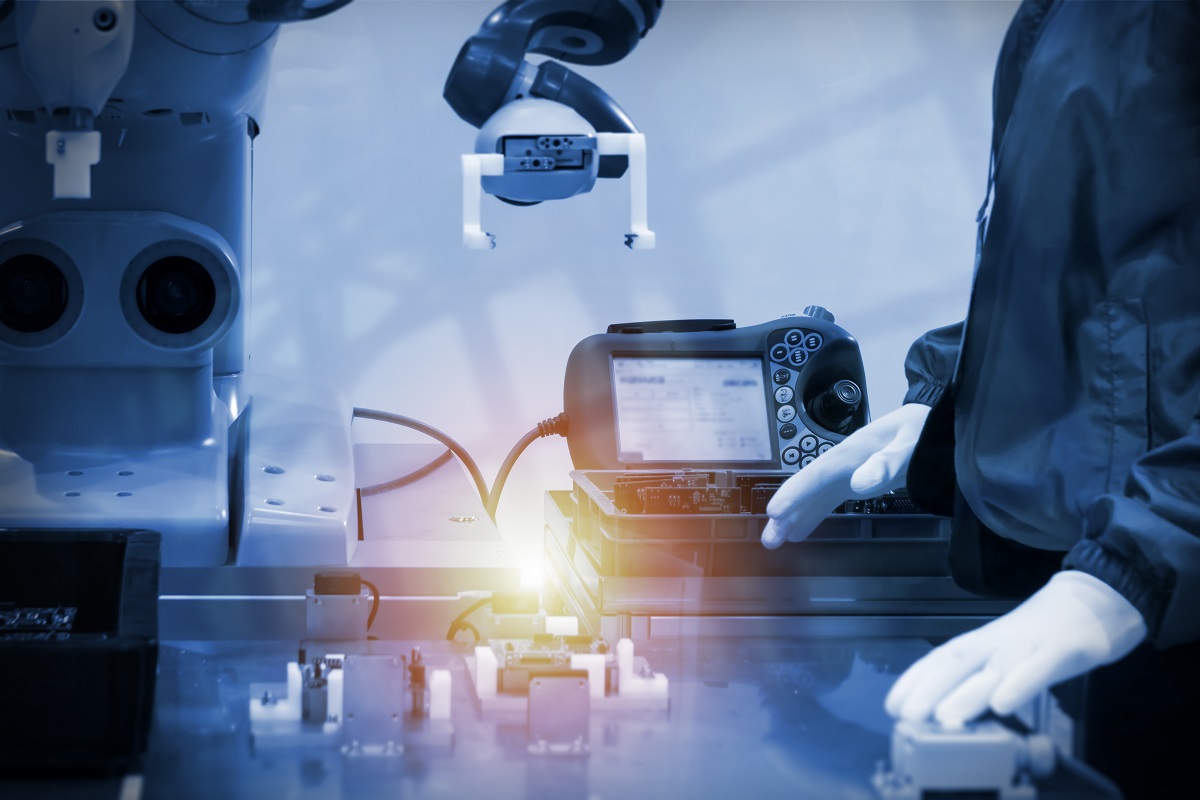Technically, robots should be an answer to our COVID-19 dilemmas. They can be a timely way to deliver various services needed without worrying about getting too close for comfort. Robots can be controlled from afar, making them ideal tools to get the job done.
And true enough, a Hong Kong team has come up with a humanoid named Grace. Equipped with a thermal camera and artificial intelligence (AI), Grace can take your temperature and gauge your responsiveness. Best of all, this robot with a human face and dressed in a nurse’s uniform can communicate in three languages: English, Cantonese, and Mandarin (no Spanish).
But robots are not just making progress in the health sector. These intelligent machines are making their mark also in the manufacturing sector — and with great results. Collaborative robots (cobots) have revolutionized many manufacturer’s organizations directly by raising efficiency to greater levels. The U.S. and China are leading the way in scoping up cobots available on sale.
So, how does a non-living worker impact the manufacturing workforce? What specific jobs can these intelligent inventions carry?
Worry not; robots are not taking over the factory. These robots are designed to work alongside human workers enabling seamless human-robot collaboration. In short, they ease the work at the factory. Here’s how.
The Rise of the Machines
Cobots didn’t just enter the picture during the pandemic. They were first launched in 2008, way before the virus sent everything into turmoil. What makes these robots an instant hit is their ability to help raise efficiency at the workplace without the laborious setup required for old-school industrial robots.
In effect, cobots are the next-generation manufacturer robots. They’re increasingly useful in these times when social distancing is largely enforced. Take note that manufacturing processes have come a long way since the time Henry Ford instituted assembly line processes in his automobile factories in 1913.
Instead of people lining up to do the work, many of the manufacturing processes today employ top-of-the-line types of machinery. For instance, single-head piston filling machines can fill thick (e.g., glue, ointments) and thin (e.g., juice, water) in product lines at record speed. Best of all, such fillers do the job devoid of the usual drips, spills, or container overflows.
What makes cobots so appealing is they’re flexible. Usually consisting of a mechanical arm, these machines can easily be reprogrammed to do a host of tasks distinct from one another. So they can easily be wheeled from one part of the factory to the next as flexible as they are in terms of software.
What’s more, they can be ‘trained’ to execute boring, repetitive tasks with little to no mistakes made, unlike a human counterpart. Plus, they’re easy to set up at short notice. They’re not as heavy as the older industrial robots.
Greater Collaboration
But their biggest draw so far is their ability to work in collaboration with humans. Know that there are distinct levels of cooperation between cobots and human workers:
- Level 0 (Fenced robot): There’s no collaboration between humans and robots as they exist in separate cells.
- Level 1 (Coexistence): There’s no physical barrier between robots and humans.
- Level 2 (Synchronized): Though they share a workplace, robots can’t move if humans are present.
- Level 3 (Cooperation): Both humans and robots work simultaneously in the same workplace but perform different tasks.
- Level 4 (Collaboration): This is when the robot and human work together to achieve the same task.
Traditional robots are empowered to do only Levels 0 to 2. Cobots can work collaboratively up to Level 4, making them a more powerful helping force to achieve quality work in a factory setting. Add their greater flexibility to finish wider tasks, and you can see how valuable they’ve become both for big-time manufacturers and small/medium businesses.
Cobot Challenges
As in any picture, there are challenges to using cobots in the workplace. It’s always best you weigh your options before you engage one in your factory. It has to do with the nature of these high-tech robots themselves.
For starters, you can’t substitute one worker for one cobot. The cobot will be largely dependent on the kind of ‘training’ it is given. Unlike a human, a cobot may not be able to detect that something is off in a product unless you program it to do so. So, you must be careful in fielding the cobot. If you fail to program it well, it could lead to a long to-do list for human workers.
Cobots are dependent on human interaction. If, by any chance, manufacturers fail to program the cobot well, then needed behaviors may not be achieved. Proper training of the cobot must, therefore, be done diligently.
Last but not least, cobots’ biggest forte is collaboration. If you need a fenceless robot to do heavy repetitive tasks in your factory, then traditional robots are your solution. Cobots are not designed to do the heavy lifting. They’re designed to do complex tasks that are beyond the capability of older robots.
Deploying cobots results in greater productivity in manufacturing, but only when you use them wisely. That should make them essential in these times.

